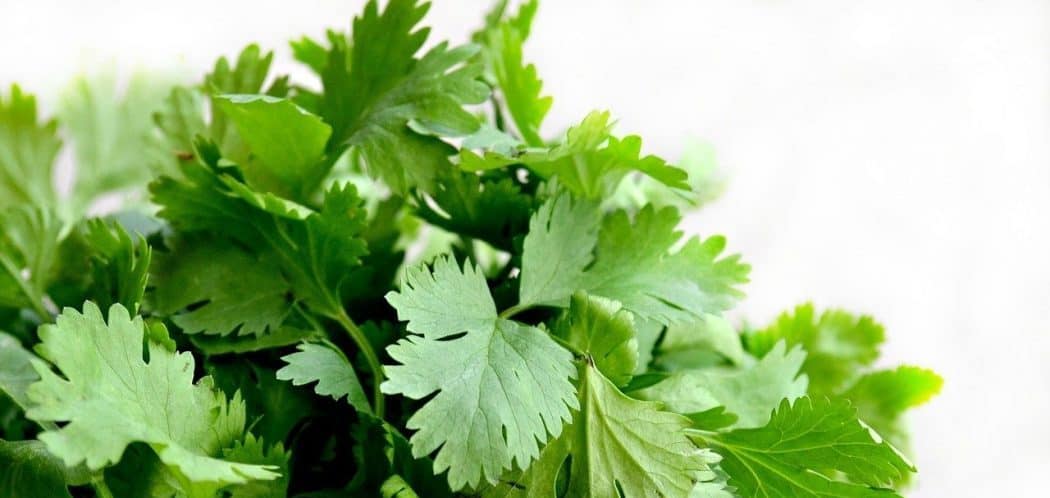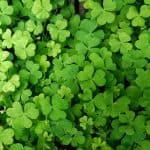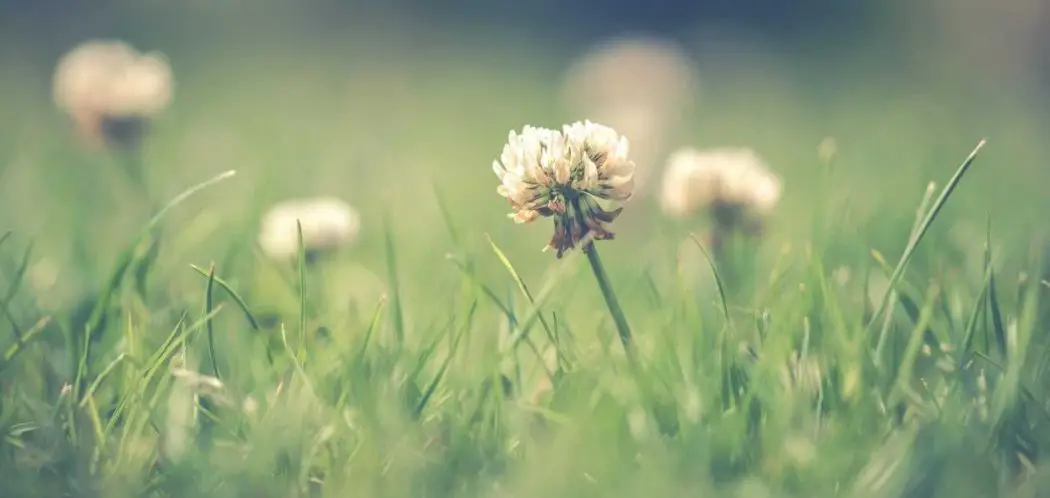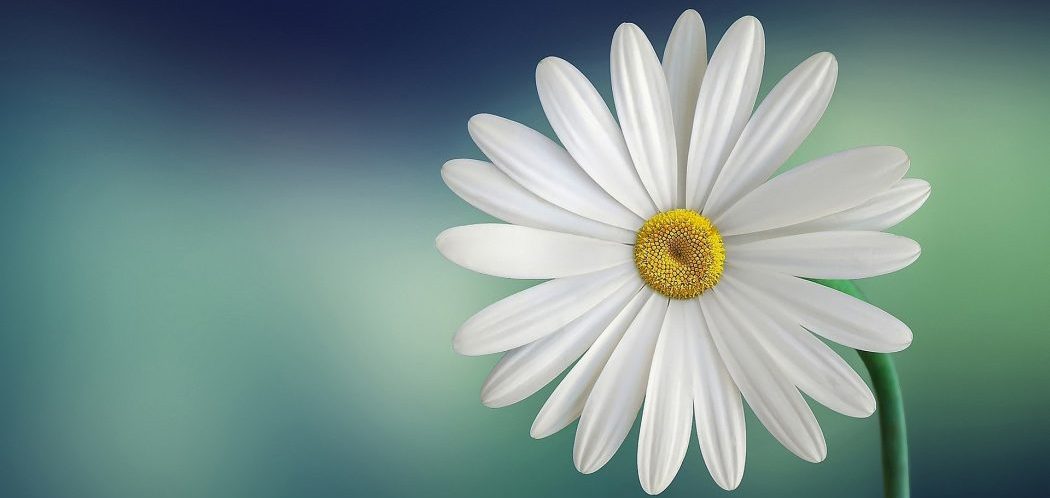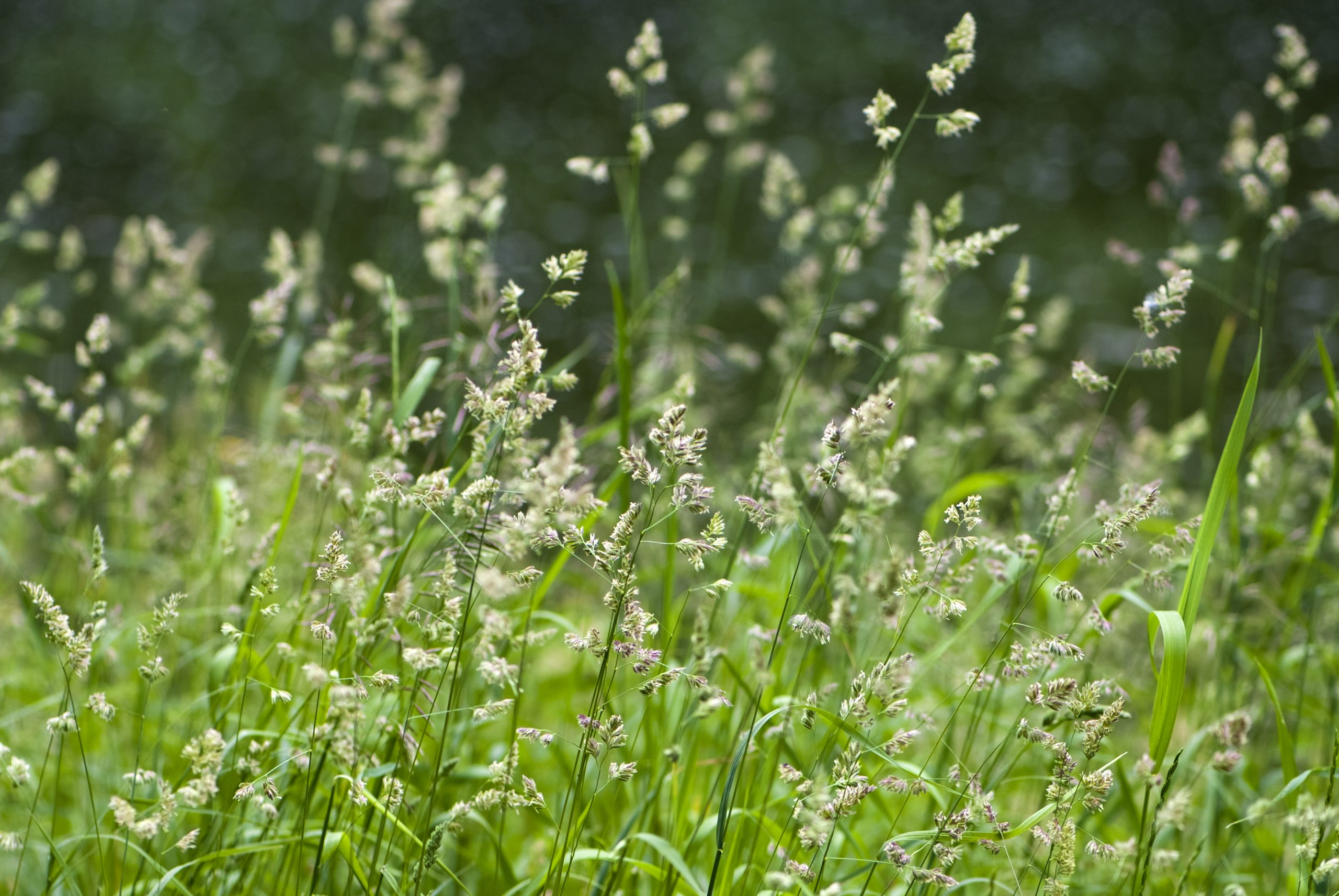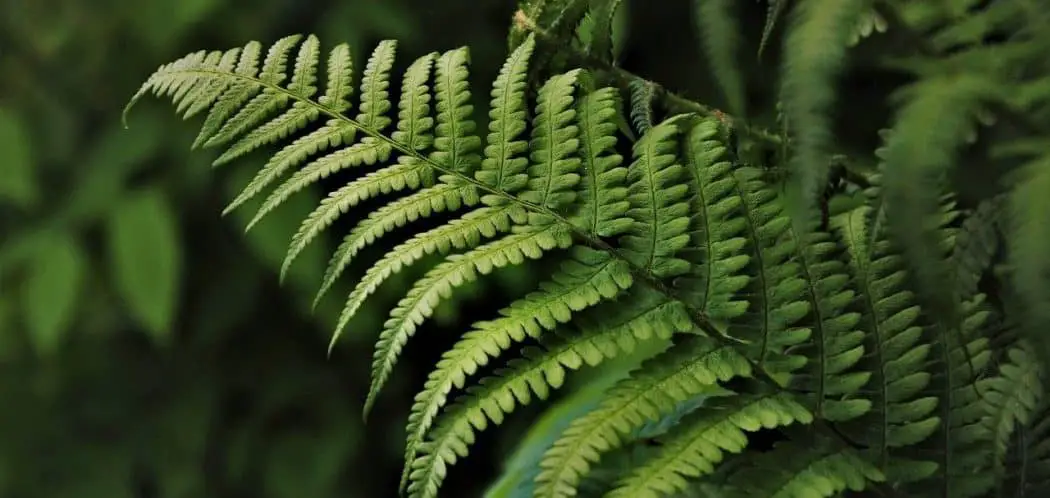Parsley is an herb that is low to the ground, and it has dark green foliage that can be curly or flat. It is soft and delicate, and they grow in clumps that are rounded. They can reach heights of one to three feet. The leaves come out of a central crown, but they are on slender stems, and their seeds look similar to carrots.
There are some weeds that resemble parsley, and it is important to know how to recognize them.
Parsley Piert
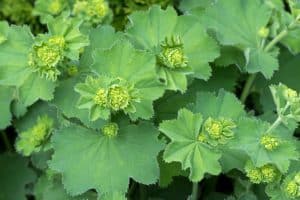
Parsley piert isn’t related to parsley, but it looks similar in the leaves. It is also called field lady’s mantle or parsley piercestone, and it is a member of the Rosaceae family. It is native to Europe, north Africa, and western Asia, and it has been introduced to North America. The leaves look similar to parsley leaves, and it also resembles lady’s mantle; it is a common weed that is found on cultivated ground.
It grows to be dull green, and it is often seen on roadsides, athletic fields, lawns, golf courses, and more. It does best in well-drained soil, and it can grow with little nutrients. It can handle different conditions, and the root is thin and branched. The leaves are wedge shaped with three clefts, and they are on a short stalk. It develops flowers in clusters of 10 to 20, and they bloom between July and November.
Fool’s Parsley (Aethusa cynapium)
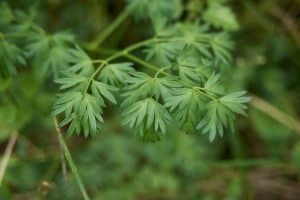
Fool’s parsley is an invasive weed, and it grows one to two feet high and has slender smooth green stems. It has dark green leaves, and each is segmented and finely divided, similar to parsley. The bottom leaves are on slim stalks, and they smell bad when you crush them. They also have a flat-topped umbel that has umbellets, and each produces eight to twelve stalked flowers. They differ from parsley because they do not have a whorl of bracts at the base, called an involucre.
It produces flowers with five white petals, and they have notched tips and narrow bases. They are different because true parsley flowers are yellow. This weed grows in sunny moist areas, fields, and disturbed spaces. They can cause poisoning with the active agent cynopine. It creates a burning sensation in your mouth, and it can be painful.
Poison Hemlock
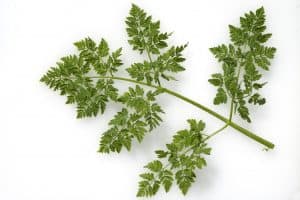
It is quite important to know how to identify this weed. Poison hemlock is part of the Apiaceae family, and it is a biennial that can grow up to between five and ten feet. All parts of this plant are poisonous, including the seeds, roots, stems, leaves, and flowers. It contains potent toxic alkaloids that will affect the nervous system, and just a small amount can lead to respiratory collapse and death.
If you don’t ingest it, but touch it, it can cause a burn-like skin reaction. It was used in ancient Greece to kill condemned prisoners; in fact, Socrates was put to death and had to drink hemlock. It is native to Europe and north Africa, but it is now found all over North America. It grows in disturbed areas along roads and trails, and you can find it in damp spots near streams.
The stems don’t have hair, and they are hollow. They have purple splotches and streaks on them. They have flowers that resemble other white umbel-shaped flowers, and they bloom in late spring and grow in rounded clusters. Each flower has five petals. The flowers have small green fruits with wavy ribs, and they contain very poisonous seeds. They look like parsley, as well as anise and fennel. They can grow up to eight or ten feet tall.
Queen Anne’s Lace
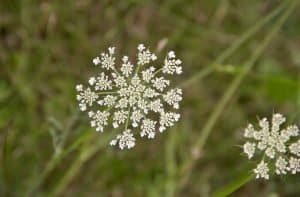
Queen Anne’s lace is also called wild carrot or bird’s nest, and it is an herbaceous weed that comes from Europe and parts of Asia. It also grows in Australia and North America. It is a biennial plant, and it blooms between spring and early fall in its second year. It has white flowers that are lacy, and it isn’t poisonous. However, it looks like several poisonous plants, including poison hemlock.
The flowers are dense on a flat-topped umbel with a purple flower in the center. The leaves have a hairy underside and they smell like parsley. The stems are short with white hairs, and the roots are also hairy and white. It grows up to four feet tall. It is a noxious weed that will harm livestock and crops. It is important to know how to identify it because it looks very similar to poison hemlock.
Hedge Parsley
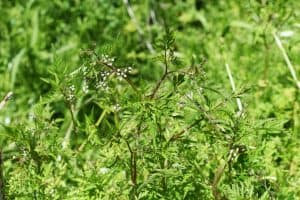
Hedge parsley is an invasive weed, and it can grow in a lot of different conditions. It grows quickly and produces seeds that stick to clothing and animal fur. It is native to southern Europe, but it grows in the United States in pastures, fields, and on the edge of wooded areas you also find it alongside roads and in gardens. It grows to around two feet tall.
Hedge parsley has leaves like ferns that are toothed, and the stems are round and narrow. The leaves and the stems are covered with short white hairs and it blooms with a cluster of white flowers. They form large clumps that spread quickly. It outgrows many other plants, and it can grow in sun or in shade. The best way to manage it is by pulling the plants out.
Cow Parsley
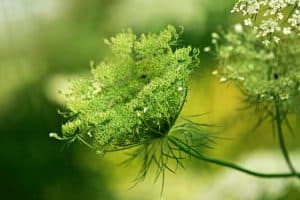
Cow parsley is also wild chervil, and it is also called Queen Anne’s lace, although it is a related but different weed. It has smooth stems with wax, and there is hair on the stems. The leaves are very similar to poison hemlock. It has a celery shaped leaf stem, and it is ribbed but free of any spotting. The leaves are bright green with a matte finish, and they are substantive.
It flowers earlier in the year than other weeds, and it has white petals. It can be perennial or biennial, and it does well in damp soil. The leaves are divided into feather-like leaflets. It is a member of the carrot family, and it is native to northern Europe. It grows as an invasive plant in North America.
Final Words
There are a number of weeds that resemble parsley, and one of them, poison hemlock, is quite poisonous. It is important to learn how to identify them.

